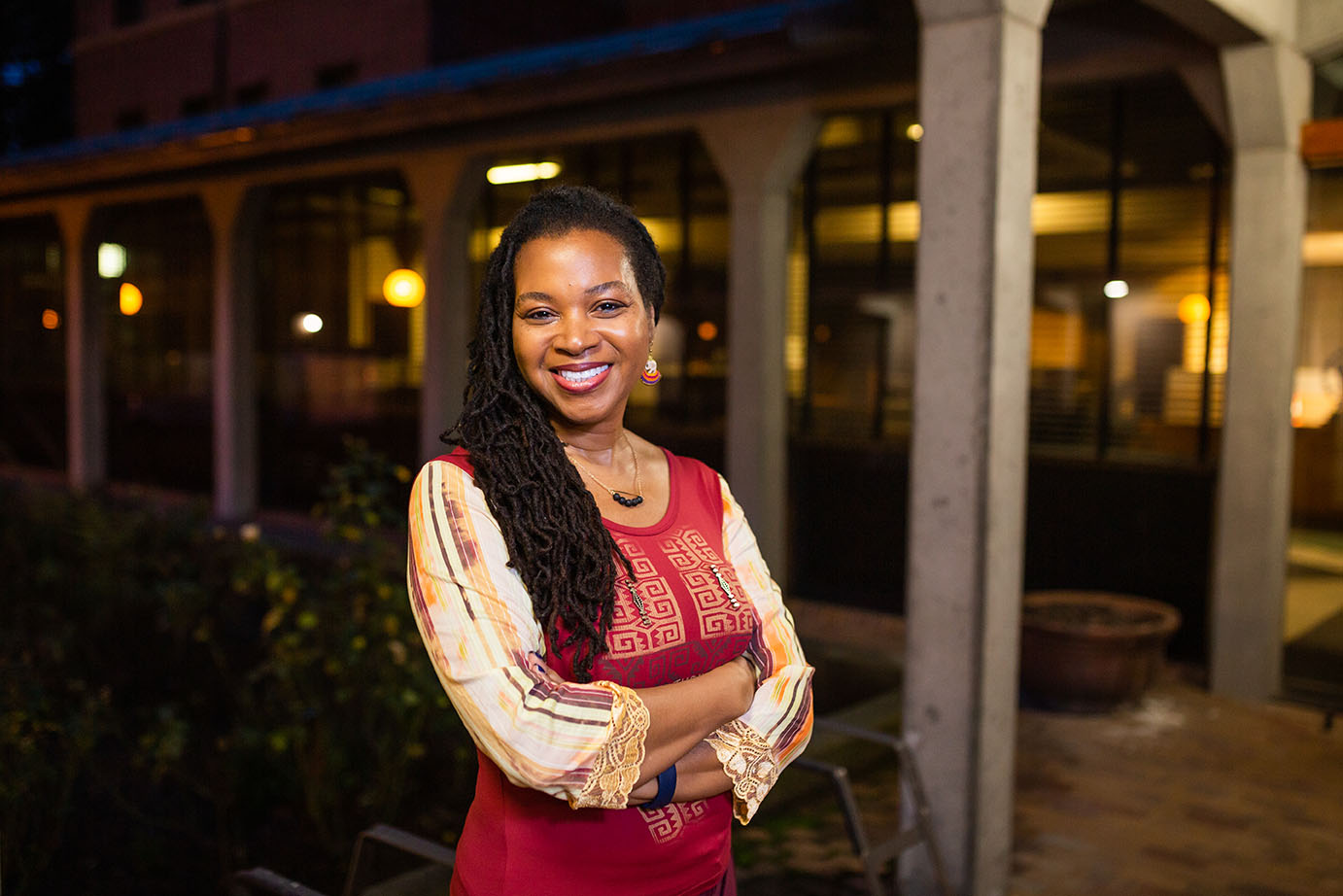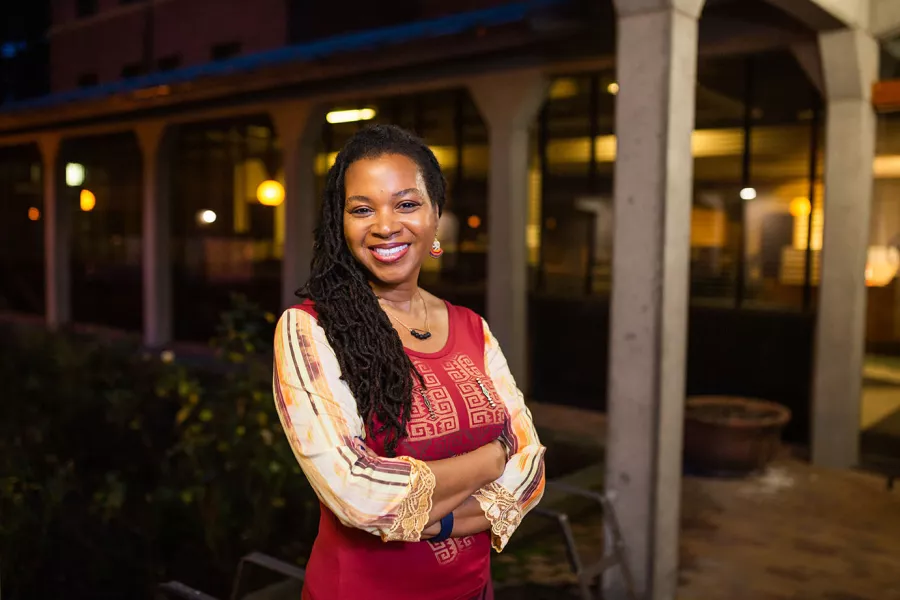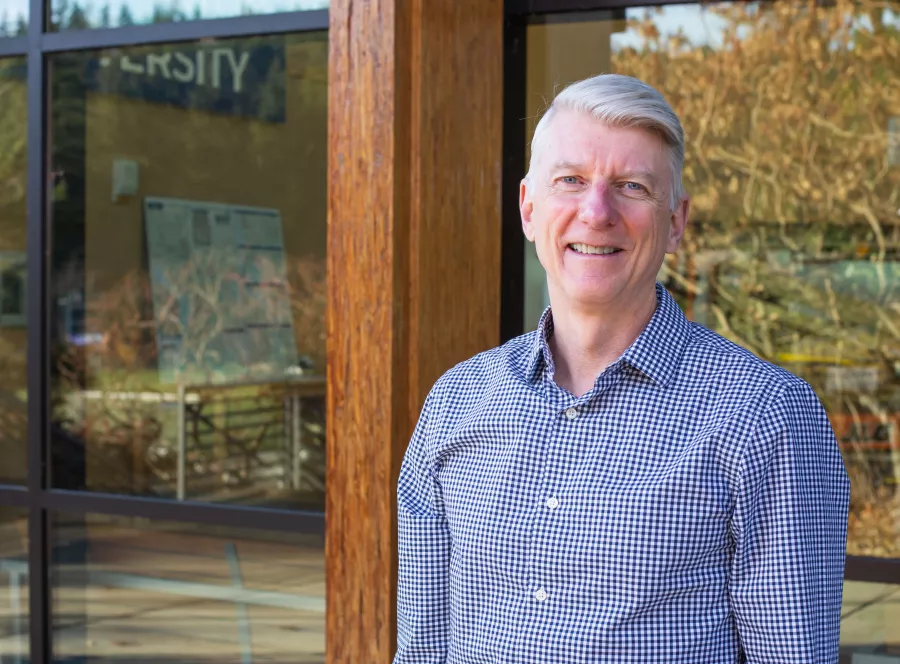Like just about every other aspect of 2020, fall quarter at Western was unlike any other in the university’s history.
After the university made the quick transition to online learning for spring, fall would be the proving ground for months of preparation to launch the academic year safely and effectively in the midst of a pandemic. Most campus resources and classes were online only, with only about 8 percent of classes happening in person. Residence halls opened at reduced capacity, the Ridge was set aside for quarantine and isolation, surveillance testing plans were in place, and custodial staff intensified their efforts to clean surfaces that could transmit the virus.
The result: Western was able to avoid the fate of many other universities that saw outbreaks as soon as students returned to campus. On-campus tests showed very low rates of COVID-19 transmission for most of the quarter.
The success of Western’s fall plan rested on three things: preparation, adaptability, and people, particularly students.
“I believe the strength of our program is squarely a function of the amazing partnerships we’ve been able to build and the incredible Student Health Center team to come up with creative ways to maximize the use of our resources while applying the broadest surveillance model that we could implement,” says Executive Director of Counseling, Health and Wellness Sislena Grocer Ledbetter. Those partnerships included many teams across campus: administrative decision-makers and custodial crews, campus and student communicators and the isolation and quarantine team—as well as work off-campus with the Whatcom County Health Department, Northwest Labs and neighborhood groups.
“When we started looking at this in April, we were trying to figure out a way to really add more layers to the basic mitigation strategies out there in terms of wearing a mask, washing your hands and social distancing,” says physician and Western’s Associate Medical Director David Hansen, who gave an invited panel presentation in October 2020 on Western’s prevention, surveillance, and testing protocols at the National Academies of Science, Engineering, and Medicine Board on Higher Education and Workforce.
Testing would have to be part of that strategy, but because individual testing was prohibitively expensive, Western followed a model used by Stanford University and worked with Northwest Labs to create a system for pooled batch testing. Every two weeks, 10 students who have in-person contact together in classes or residence halls, for example, were tested together. If that test was positive, then each student was retested individually. Students were also required to take a COVID test before moving into campus housing, which was operating at a reduced capacity to allow more physical distancing.
One student received a positive test result as they were getting off at the Samish Way exit on move-in day. The family turned around and went back home. “Potential outbreak averted,” Hansen says.
Preparation and planning paid off early in the quarter, as Western saw only five positive tests in the first five weeks of classes. The campus and community could follow the testing trends on Western’s COVID-19 dashboard, which showed positive cases, testing numbers and space available for on-campus residents in need of quarantine and isolation set aside on the Ridge.
“We really want to make sure we’re conveying what’s happening with us along with everyone around us,” he says. “We want to make sure that’s accurate and up to date.”
With so much testing, the university was able to respond quickly to cases and adapt: Following a spike in mid-November, all classes were moved to a remote format a week earlier than planned. The efficiency (and lower cost) of pooled testing allowed for the expansion of pre-Thanksgiving testing to students who live off-campus, so they could go home for the holidays with less fear of bringing COVID with them.
Students took leadership roles, too. Western’s Associated Students stepped up to create a slightly edgier, student-focused COVID messaging campaign, and students did their part to protect the health of their community.
“Students deserve a tremendous amount of credit for the success of this program. They are in this surveillance program, which requires that they get tested every two weeks, and they show up. They are masking on campus,” Ledbetter says. “I can’t say enough about how proud I am of the students and the work they are doing.”
While Western did see an increase in students testing positive toward the end of the quarter as cases went up dramatically throughout the state, Ledbetter and Hansen agree that the practice, preparation and teamwork that went into Western’s COVID program made for a healthier campus community.
“I think I would consider it a success, and I would also say this success is because of the efforts of a lot of people who have done a lot of work,” Ledbetter says. “This has really been the success of an integrated effort for us to really support our community and think of our community broadly, not just as Western but as Bellingham.”


